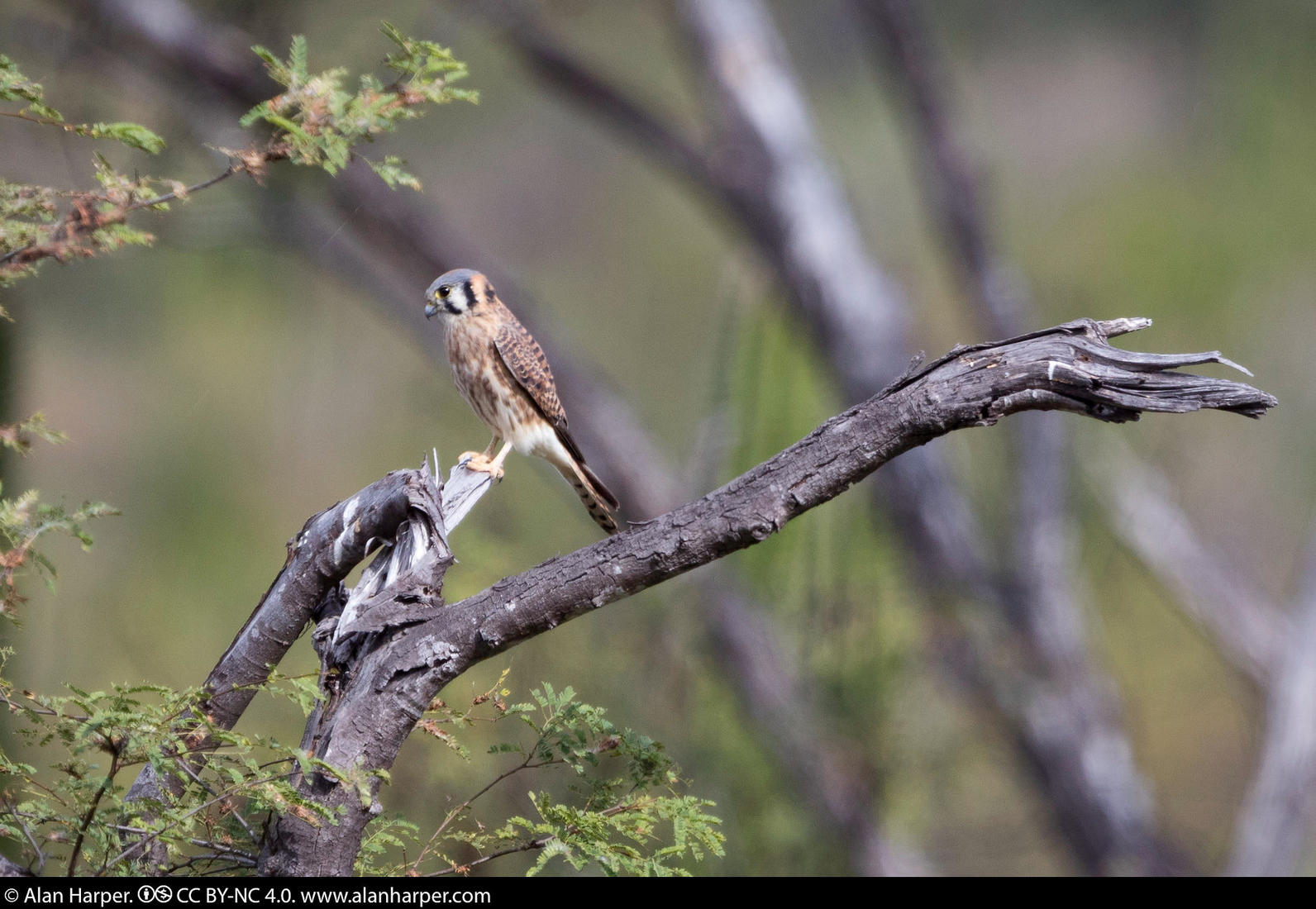
If your experience of nature is limited to mountain forests and windy coastlines, it’s easy to look at a desert and see barren desolation. But conservationists have long known that deserts are often teeming with life – just a different kind than many of us are used to. This is certainly true of California’s Mojave and Colorado/Sonora deserts, which host amazing plants and animals including hundreds of species of birds and other wildlife. Among these are endangered Southwestern Willow Flycatchers, endangered Yellow-billed Cuckoos, Burrowing Owls, Red-Tailed Hawks, Golden Eagles, American Kestrels, Prairie Falcons and many more. This land is also crucial habitat for desert tortoises, fringe-toed lizards and other unique wildlife.
Because deserts are often far out of the eye of the public – and because they are a prime source of sunlight for solar energy – they have long been a target for uses such as energy development, mining, and recreational vehicles. And in many instances, these uses can occur without conflicting with the region’s important ecological resources. But too often those conflict do occur, and there is no finer example of this than the Ivanpah Solar Facility in the Mojave Desert, which actually ignites migratory birds in midair. And it is stories like this that long pitted conservationists against developers in the desert, drawing out permitting in protracted conflict.
Seeking to end this protracted conflict, the Department of Interior’s BLM, US Fish & Wildlife Service, California Energy Commission and California Department of Fish & Game launched an ambitious series of negotiations in the hope of identifying areas of the desert on public lands to set aside for lasting protection, as well as others where permits for energy development and other uses could be expedited. After eight years of negotiations between public agencies, the renewable energy industry, recreation interests, and conservation groups including Audubon, the Desert Renewable Energy Conservation Plan (DRECP) was finalized by the Secretary of the Interior in 2016. The agreement identified about a half million acres for expedited renewable energy development, close to existing transmission, while adding 5.6 million acres of land for higher conservation status.
From Audubon California’s perspective, the DRECP area includes 22 areas designated as Audubon Important Bird Areas for their value to breeding, resting, and migratory birds and key focal species of birds. Nonetheless, the agreement is a compromise – conservationists didn’t get everything they wanted, and but neither did the developers. But it is something both sides could live with, much better than the period of uncertainty that preceded it.
Until the Trump Administration.
In early February, the Bureau of Land Management under Secretary Zinke announced that it was considering opening up the finalized plan to new amendments. This move – like the similar moves against national monuments and offshore oil drilling – is seen as part of the federal government’s effort to open more public land to extractive use.
Here’s the thing: If the Trump Administration thinks it’s helping the renewable energy and mining industries by going back on this agreement, it’s fooling itself. What instead will happen is that we’ll wipe out eight years of progress and take us back to the old contentious project-by-project process that eventually drove everyone to the bargaining table.
The Trump Administration needs to stop trying to tinker with the DRECP and start implementing it. We only make progress by moving forward.
Garry George is Audubon California's renewable energy director.
By Garry George
Monthly Giving
Our monthly giving program offers the peace of mind that you’re doing your part every day.




